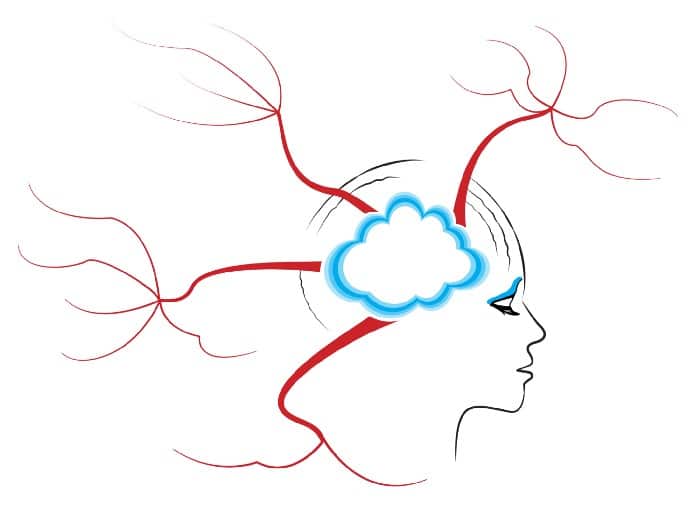
As teachers, we often assume that doodling in class is “bad,” indicating that students aren’t listening to the material being taught. However, for visual learners, doodling can be that extra nudge that helps them in memorizing the material. Doodling as a memory strategy is not only effective, it helps some students focus, calm themselves, and turn verbal-linguistic information into non-linguistic information. In order to make that transfer from text to visual, students must understand the content. Given that one can’t doodle about what’s learned unless one understands it, doodling as a memory strategy can also be an effective formative assessment.
Try this: let the doodlers in your class know that it’s OK to draw in their notebooks – but only if their doodles are related to the material being presented. After a period of time, do a “notebook check” – ask them what different drawings mean or what was being taught when they created the doodle.
Even if they make up their answer on the spot, it STILL is effective in supporting recall of the information that was taught.
By taking what can be seen as a negative and turning it around into a positive, by encouraging doodling as a memory strategy, you gain the trust of your students, especially those that learn differently. By working with the student’s strengths, you enhance learning and memory on multiple levels. Create a win-win situation!
This video tutorial for Sketchnotes explains the concept well.
Related resources:

